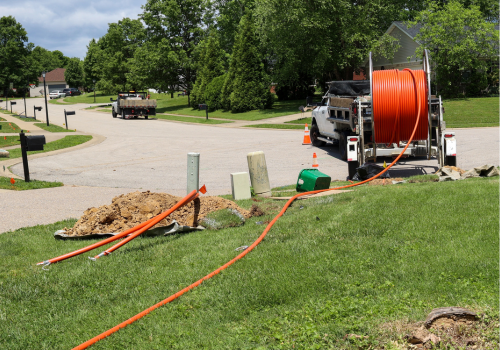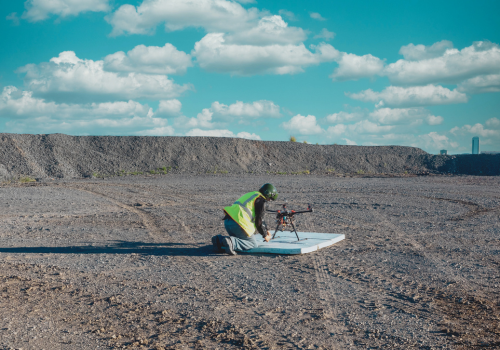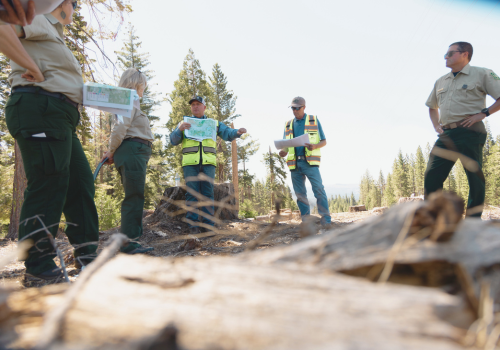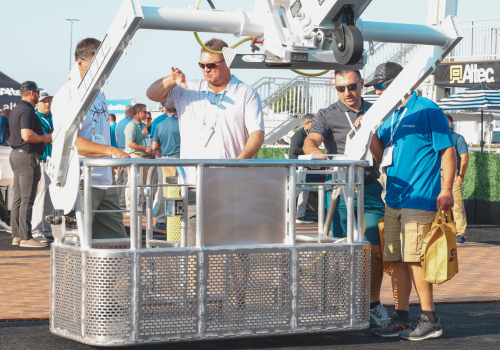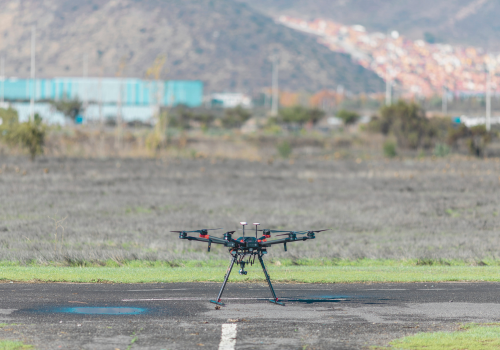The technology and equipment surrounding horizontal directional drilling (HDD) seems to be constantly changing, with new features and efficiencies to improve jobsite productivity. Dr. Sam Ariaratnam, Professor and Sunstate Chair of Construction Management and Engineering in the Ira A. Fulton Schools of Engineering at Arizona State University, probes deeper into some of the potential challenges of an HDD project and recommendations for proper planning to overcome these to achieve a successful installation, no matter if this is your first HDD job or you’re a seasoned professional.
Emerging markets
Directional drilling is primarily associated with utility installation in urban areas and while those applications remain strong, other markets are surging. These include geothermal, solar, wave energy, and wind energy, especially offshore wind. “The undergrounding of electrical lines is also in demand right now,” says Ariaratnam. Hotspots for this include areas prone to wildfires caused by overhead electrical lines, such as northern California, and areas prone to weather-related outages, such as the East Coast where hurricanes and the tornadoes they spawn frequently disrupt power transmission.
Misconceptions of HDD
There are several misconceptions that are often present when considering or completing an HDD project.
- Operators don’t know where they are underground, especially in demanding terrain such as river crossings. Operators can know the location of the bit with great precision using well-established technology.
- Directional drilling is complicated technology. Everything seems complicated to the uninitiated. Understanding the fundamentals of directional drilling removes the mystery and mastering the fundamentals delivers proficiency.
- Directional drilling causes damage. Technology radically reduces the likelihood of damage. Can you find reports of damage resulting from directional drilling? Of course. But you can also find reports of operators severing existing utility lines with a backhoe or excavator. All activity bears inherent risk; knowledge and training minimize that risk.
It’s the right time
Whether a newcomer entering the directional drilling market or a seasoned pro seeking to become better, this is the right time to be in the directional drilling industry. The start of directional drilling can be traced back several decades. It has advanced significantly over the years and is at new heights right now. The technology is now mature enough to be reliable and profitable yet young enough that boundaries are still being broken regularly. Shifts in sourcing energy are leading the way to new markets. “Directional drilling is an exciting technology,” says Ariaratnam, “and this is an exciting time to be in it.”
 About the speaker
About the speaker
Dr. Sam Ariaratnam is a Professor and Sunstate Chair of Construction Management and Engineering in the Ira A. Fulton Schools of Engineering at Arizona State University with over 25 years of experience in trenchless engineering research and education.
Read Next
HDD Innovations Help contractors Put More Product in the Ground and More Profit in Their Pockets
Overcoming Challenges in Horizontal Directional Drilling (HDD)
Telematics for Fleet Management: Boosting Productivity and Reducing Risk


